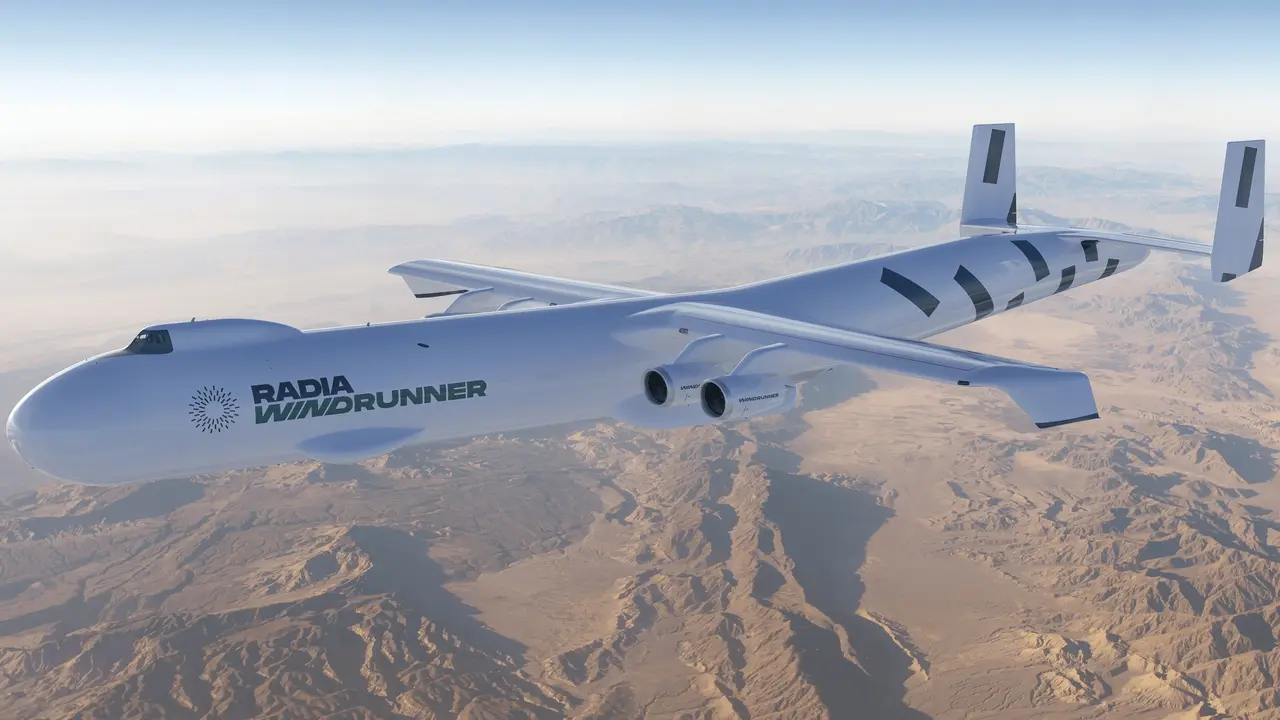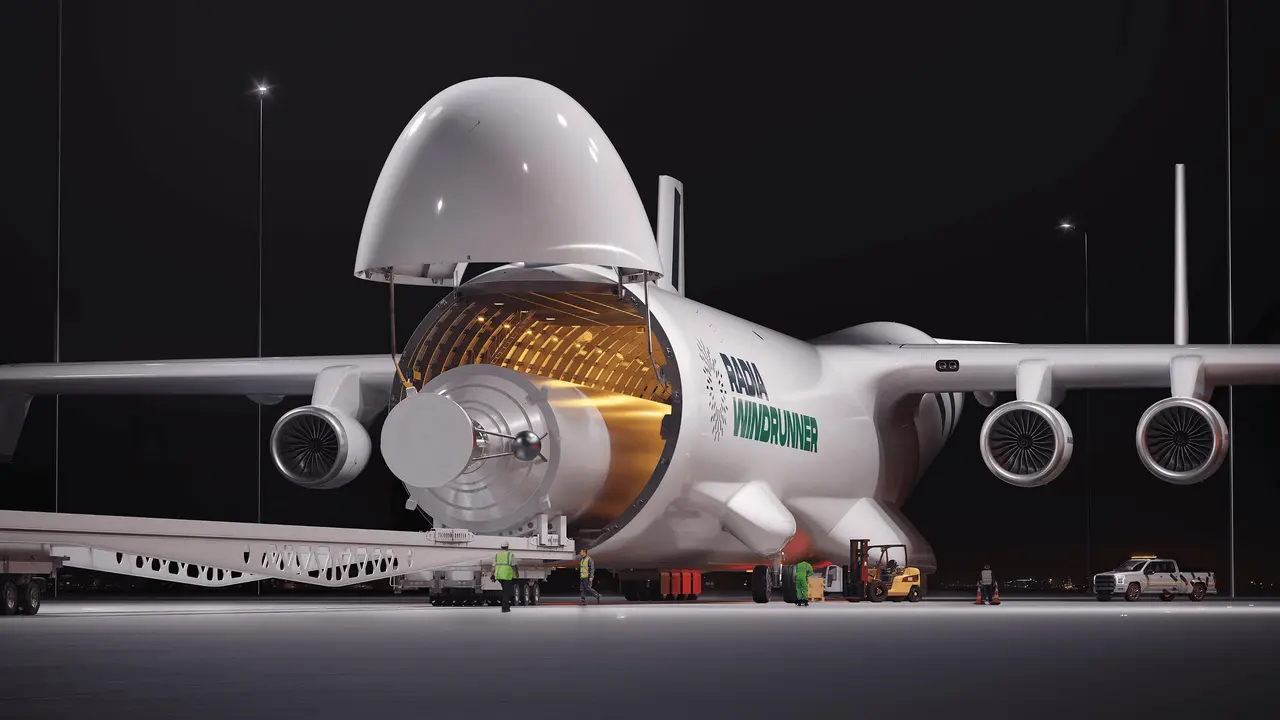Radia has unveiled its new project, WindRunner for Defense, which it describes as “the world’s largest military transport aircraft.” The US-based company says this aircraft will bridge the gap in airlift capacity for US and NATO forces and set a new standard in military logistics and humanitarian aid missions.
A Massive Military Transport Aircraft is Coming
The WindRunner is designed to support existing strategic airlift fleets. The aircraft will offer additional capacity to aircraft such as the C-130 Hercules, C-5 Galaxy, and C-17 Globemaster III. Its volume-focused design allows it to transport systems to remote and infrastructure-limited areas without disassembly or disassembly. This feature allows forces to be deployed quickly and safely to different locations.

The aircraft has an internal volume of over 6,800 cubic meters. This volume is approximately seven times that of the C-5 and twelve times that of the C-17. This makes it the largest military transport aircraft in history. This massive volume allows equipment to be delivered directly to the mission area without the need for specialized loading equipment or infrastructure.
The WindRunner can carry six CH-47 Chinook helicopters fully assembled. For comparison, the C-17 can only disassemble and carry one helicopter at a time. The aircraft can also carry four CV-22 Ospreys, four F-16s or F-35Cs, and 12 Apache helicopters in a single mission. The aircraft is planned to support both defensive and space operations.
The WindRunner’s technical dimensions are impressive. The aircraft is 108 meters long, has an 80-meter wingspan, and a height of 24 meters. Planned to cruise at approximately 740 kilometers per hour, the aircraft has a maximum payload of approximately 72,575 kilograms.
One of the aircraft’s most important operational features is its ability to take off from unpaved runways of approximately 1,800 meters. Radia sees this design as particularly suitable for combat support operations in the Indo-Pacific and Europe, Arctic missions, and humanitarian aid scenarios. The company announced that the aircraft will conduct its first operations around 2030.













